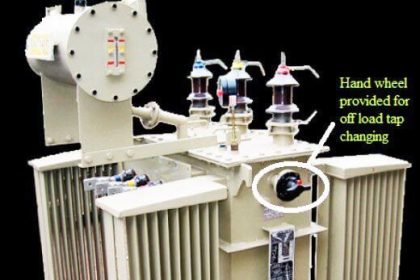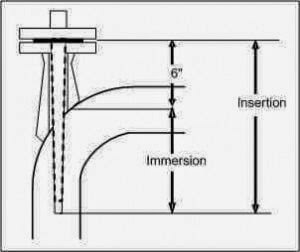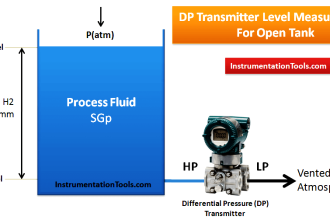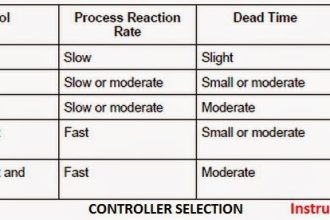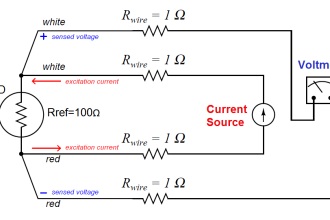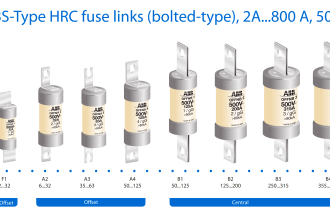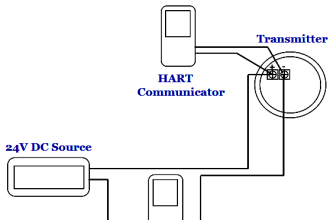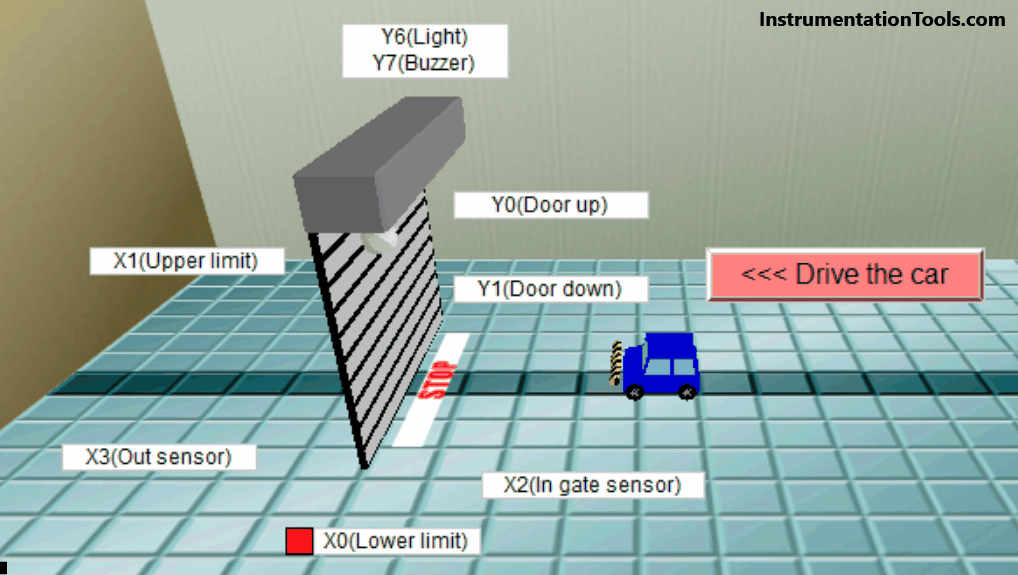Advantages:
- High Starting torque with low starting current. Maximum starting can be attained in the slip ring motor compared to squirrel cage motor by inserting an external resistance in each phase of the rotor circuit and cutting the resistance during starting
- Speeds can be adjusted in the case of slip ring (wound rotor) induction motor by inserting an resistance. Hence slip ring motors are considered as variable speed motors.
- Slip ring motors have high over loading capacity, smooth acceleration under heavy loads, and no abnormal heating during starting
Disadvantages:
- Initial and maintenance cost is more compared to squirrel cage motor because presence of slip rings, brushes, short circuiting devices etc.
- Speed regulation is poor when operated with external resistances in rotor circuit
- Efficiency and power factor of slip ring motor is lower compared to squirrel cage induction motor
- Lower power factor at the light loads
- Sensitivity to fluctuations in supply voltage
Applications:
Induction motors generally will have low starting torque compared to dc series motor. Slip ring induction motor have big advantage of having high starting torque compared to squirrel cage motor. Therefore slip ring induction motors are generally employed where load requires high starting torque or good speed control. They are employed in hoists, elevators, compressors, printing presses, large ventilating fans, loads requiring speed control such as for driving lifts and pumps.

